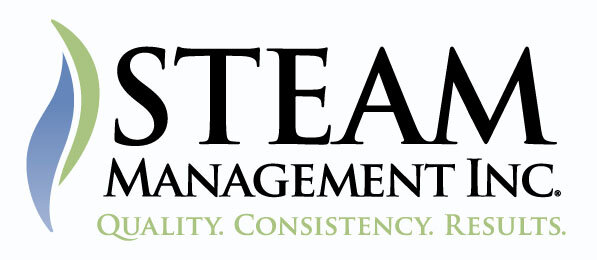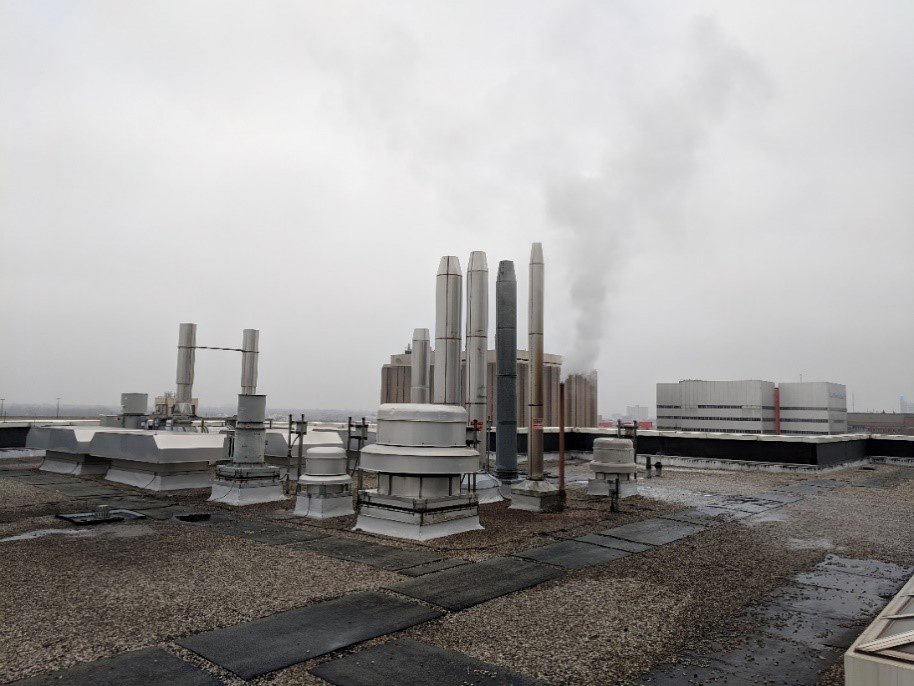Case Study
Comprehensive Condensate System Assessment Boosts Efficiency at Major Detroit Veterans Hospital
SMI Impact
Address recurring safety, maintenance and comfort concerns throughout the facility
$100,000 of savings per year including energy and avoided maintenance costs
Reduce carbon emissions by an estimated 356 Tons or 41 homes’ energy use for one year
Customer
John D. Dingell VA Medical Center in Detroit, with more than 500,000 square feet, that provides health care needs to more than 330,000 Veterans.
Problem
The hospital was experiencing a loss of returned condensate to the energy plant and premature equipment failure through the condensate return system. Steam Management Inc. (SMI) was engaged to perform a detailed site analysis of the entire steam and condensate system to identify the source of the losses. Analysis included condensate load calculations, steam trap operation, piping configurations, pumps, vents and flash tanks.
Conditions
SMI discovered several opportunities to replace/repair failed equipment and correct piping conditions to extend equipment life and improve condensate return to the energy center.
The condensate and flash tank collection systems are not separated by mechanical means causing premature equipment failures
Steam venting from the condensate return system due to failed steam traps was resulting in condensate losses from the system.
HVAC equipment in the lower level mechanical spaces was discharging condensate into overhead condensate return mains without a motive force other than the steam supply pressure to the heating coils. The backpressure created as a result of the lift was decreasing the pressure differential across the steam traps thus reducing capacity and efficiency of the heating coils.
Fifty-three (53%) of steam traps associated with the air handlers had failed within (5) five years of commissioning.
Solution
Install new condensate return tanks with duplex pumps for AHU condensate return to overhead mains eliminating backpressure, increasing trap capacities, and improving heating coil efficiencies.
Separate flash tanks from their condensate return tanks with steam traps and re-pipe vents into independent systems
Replace improperly piped drip traps immediately upstream from HVAC the control valves extending the operational life of both the steam trap and control valve
Replace or rebuild failed steam traps. Include new strainers, blowdown valves, mud legs, isolation valves, unions and check valves where necessary to allow for serviceability
Key Actions
Steam traps on air handlers, heat exchangers, humidifiers, horizontal unit heaters, and drip traps were tested with an ultrasound to determine functionality
Existing steam trap capacities were benchmarked against provided steam load requirements for each AHU coil
Piping configurations for condensate return equipment was analyzed for each location
Design specs were submitted and approved for installation by engineer of record
Schedule an Assessment of Your Facility
info@steammgt.com
1-800-731-0131
One Lincoln Street, Suite 2400
Boston, MA 02111




